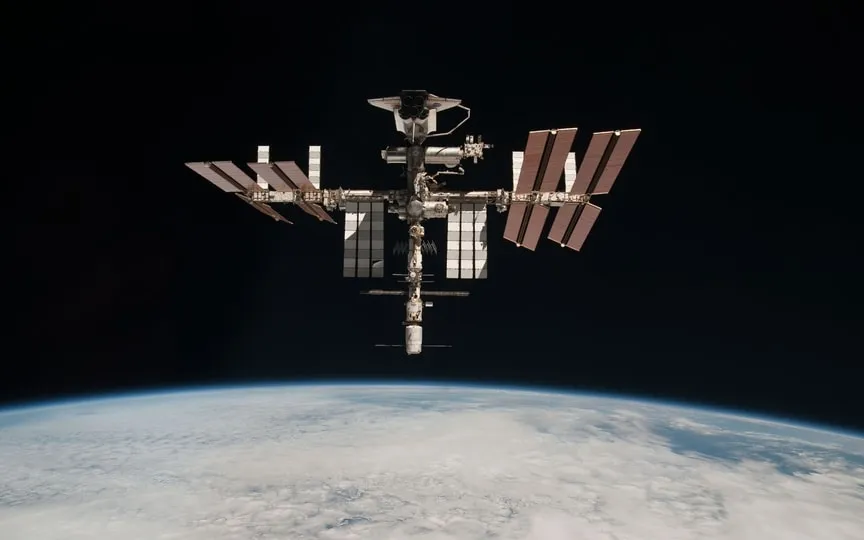NASA and SpaceX to Launch Next Astronauts to International Space Station
On Friday, NASA and SpaceX are getting ready to send a team of four individuals to the International Space Station.
The mission, named Crew-7, is commanded by American Jasmin Moghbeli and includes Danish Andreas Mogensen, Japanese Satoshi Furukawa and Russian Konstantin Borisov.
Liftoff is scheduled for 3:50 a.m. (0750 GMT) from Launch Complex 39A at NASA’s Kennedy Space Center in Florida, with the Alternate on Saturday at 3:27 a.m.
It will be the first space mission for both Moghbel and Borisov.
“This is something I’ve wanted to do for as long as I can remember,” said Moghbeli, a Navy test pilot, on a media call last month.
“One of the things I’m most excited about is looking back at our beautiful planet,” added the 40-year-old of Iranian heritage.
“Everyone I’ve spoken to who has already flown has said it was a life-changing perspective – and floating in space looks really fun too.”
Crew-7 is scheduled to be the seventh routine flight into orbit for Elon Musk’s SpaceX, with the first coming in 2020.
NASA pays SpaceX for the taxi service as part of a commercial crew program it launched to reduce reliance on Russian rockets to carry astronauts after the space shuttle program ended in 2011.
Boeing is the other contract partner, but its program remains mired in delays and technical difficulties and has yet to fly a crew.
Borisov is the third Russian to fly in a SpaceX Crew Dragon capsule attached to a Falcon 9 rocket.
Space remains a rare area of cooperation between the US and Russia despite the Ukraine invasion, and the Americans also continue to fly Russian Soyuz rockets from Kazakhstan.
The crew will spend six months on the ISS conducting scientific experiments, including collecting samples during a spacewalk to determine whether the station releases microorganisms through the vents of life-support systems.
The goal is to understand whether microorganisms can survive and multiply in space.
The second experiment aims to evaluate the physiological differences between sleep on Earth and in space.
“I’m looking forward to coping with all the tasks. This is a very interesting profession: you’re preparing for something you haven’t tried yet, and you really want to do it well,” Borisov said.
Crew-7 joins seven people already on the ISS before the members of Crew-6 depart for Earth a few days later.
The first part of the ISS was launched in 1998 and has been continuously inhabited by an international crew since 2001.
Its operation is scheduled to continue at least until 2030, after which it will be decommissioned and plunged into the sea. Several private companies are working on commercial space stations to replace it.




